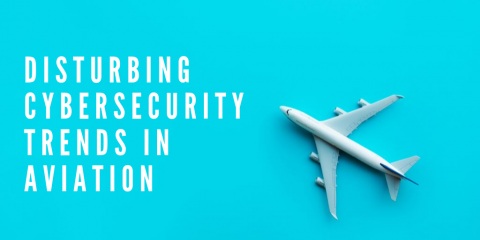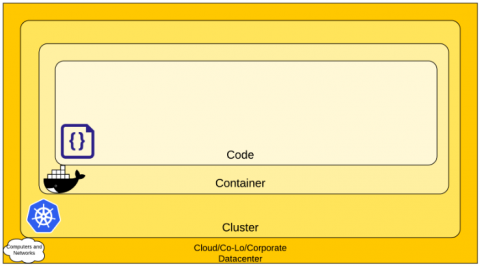SIEM Deployment Checklist
SIEM deployment process can be rather involved and overwhelming since SIEM can offer a wide array of solutions for different needs of your organization. In this blog post, we discussed the deployment process of SIEM and added a brief checklist. SIEM tools have been one of the most topical tools in the industry for a while now. They offer a wide range of solutions to organizations from various backgrounds and sectors.








